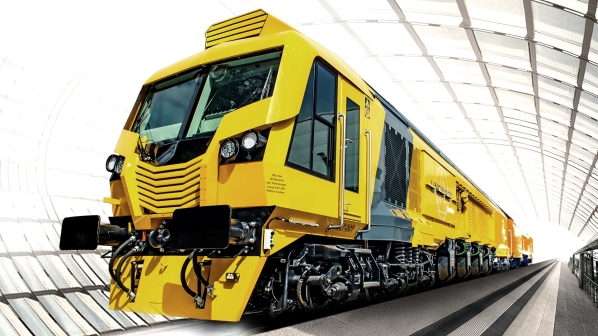Rail milling achieves low to high metal removal rates, ranging from 0.1mm up to 5mm, through a single milling pass at up to 2km/h.
The heat created by Linsinger’s milling technology during the milling process is mostly transferred into the metal chips and the milling tool. This avoids unwanted material structure transformations of the rail surface, such as martensite or bluing. The metal chips are collected on board the milling machine and can later be recycled.
In order to produce a noise-optimised surface finish, the machine is also equipped with a polishing unit that uses an enclosed longitudinal grinding wheel set at a slightly off-set angle. This results in a surface roughness of Ra <5µm and a perfectly smooth longitudinal profile which meets the highest noise standards. In the case of worn or damaged inserts, the cutter heads can be changed within several minutes to optimise available track time.
The carbide inserts are turned or exchanged after the shift, while the milling inserts can be turned up to eight times before they will be recycled.

